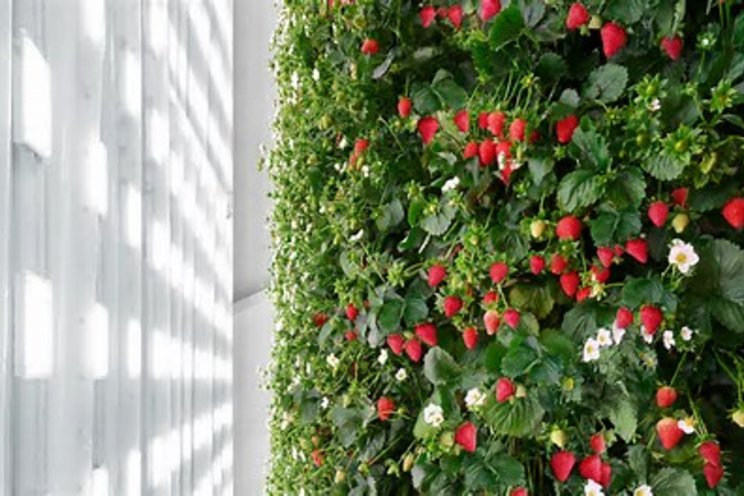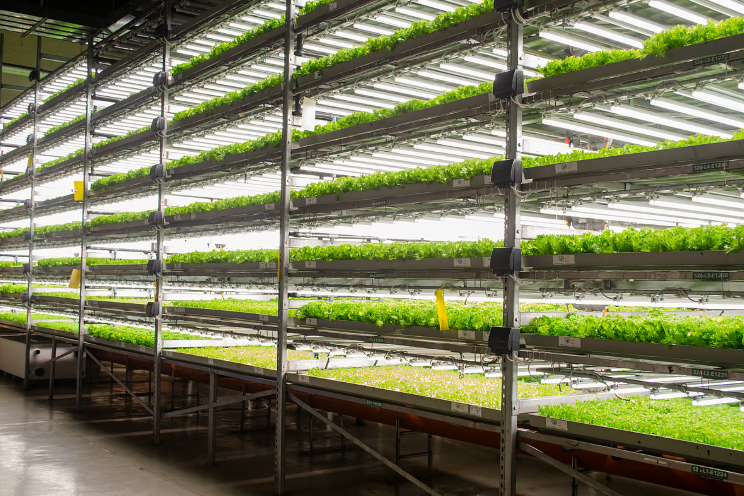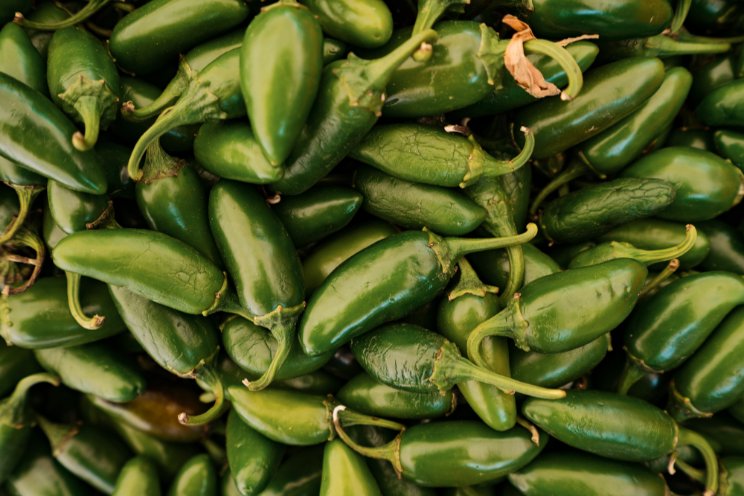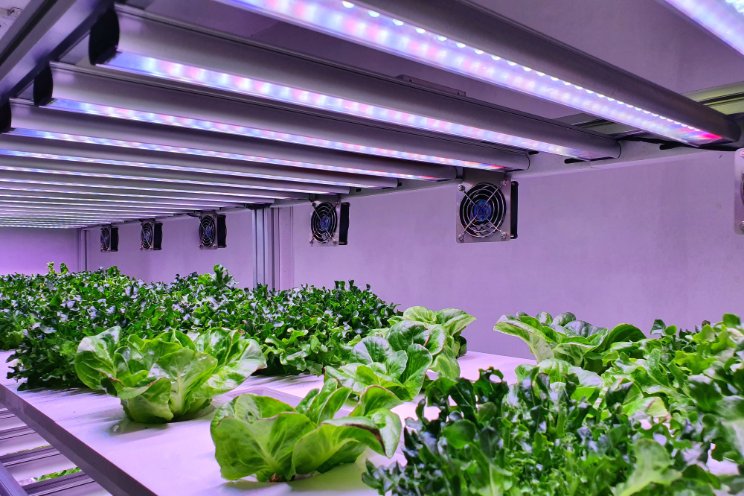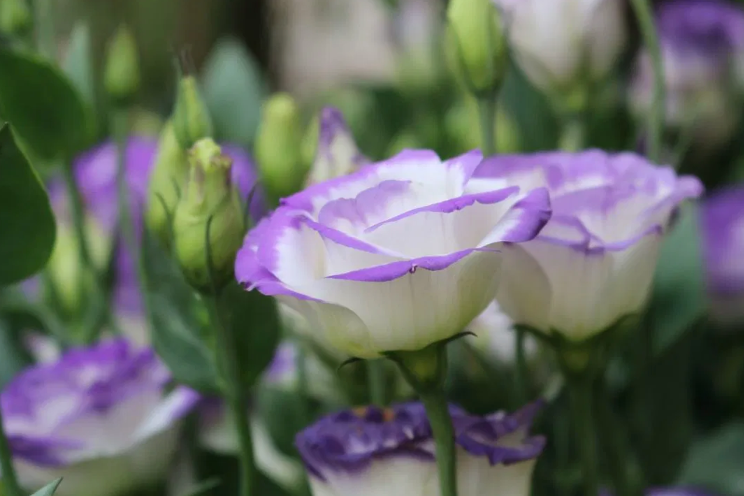Combined predator/ parasite strategy optimises aphid control
Added on 18 September 2023
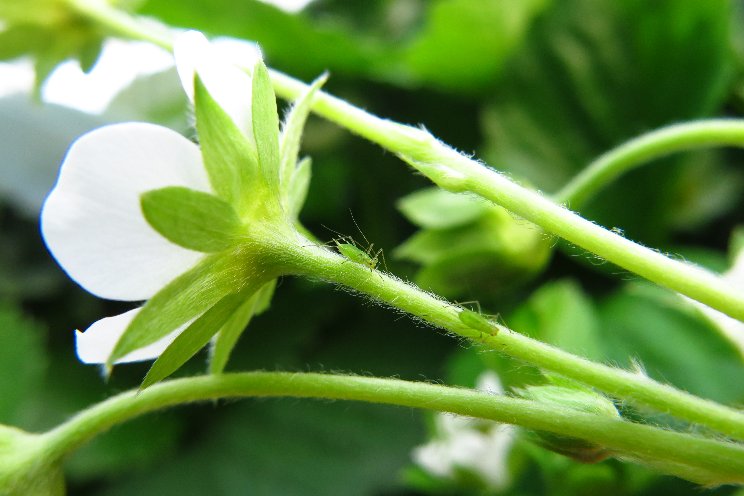
Increasing numbers of strawberry growers are choosing to control aphids biologically and, as Biobest advisor Jurgen Bouveroux explains, there are broadly two types of insects used to control this challenging pest. "You have beneficials that lay their eggs in the aphids, plus predators that feed on the pest, sucking out its contents,” he says. “Both types are needed to optimise control."
Parasitic wasps
"Parasitic wasps belong to the first category," says Jurgen. "When their eggs hatch inside the aphid, the pest dies from within. What remains are golden mummies, from which a new generation of parasitoids emerges.”
"With a range of aphid species commonly found attacking strawberry crops, we recommend introducing several different parasitic wasp species. This can be achieved simply with our Aphi-Mix-System, containing Aphelinus abdominalis, Aphidius colemani, Aphidius ervi and Aphidius matricariae."
Predators
In contrast, lacewings (Chrysopa-System), ladybirds (Adalia-System), gall midges (Aphidoletes-System) and hoverflies (Eupeodes-System and Sphaerophoria-System) prey directly on aphids.
"The predatory larvae attack the aphids and suck out their contents," says Jurgen. "By introducing them to the crop, you can significantly reduce pest pressure in a very short time.”
“These predators can also be useful for bolstering the control strategy during cultivation. A good example is Eupeodes corollae; a strong flier, this voracious hoverfly has good searching ability and can quickly locate aphid hot spots targeting them effectively. At temperatures above 25°C, a different hoverfly, Sphaerophoria rueppelli, performs better."
“A recent addition to the predator portfolio is our unique, brown lacewing (Micromus-System) - a generalist predator that feeds on all common aphid species found in protected crops.”
"Winner of the GreenTech Innovation Award in 2022, Micromus-System is ready to become a cornerstone of aphid control programmes," says Jurgen. "Both Micromus adults and larvae prey on aphids. This robust predator is highly voracious, lives longer, withstands lower temperatures compared to other natural enemies and survives on little prey - opening new possibilities in existing control programmes."
"Delivered in our 100% biodegradable packaging, the lacewings arrive in the best possible condition, while waste management is simplified for customers."
Hygiene
As aphids are a habitual problem, Jurgen recommends starting early with biological agents.
"By preventively releasing a combination of the beneficials outlined above, populations have a chance to grow before they really need to get to work. If you wait until you see the first aphid, you are probably already too late,” he warns.
Finally, Jurgen points out the importance of good nursery hygiene. "Aphids can enter a crop in different ways,” he says. “You often see them hitching a ride on plant residues from previous crops, so growers should stive to clean-up well between crops."
Want to know more about aphid control? Contact your Biobest advisor for tailored advice.
More news

